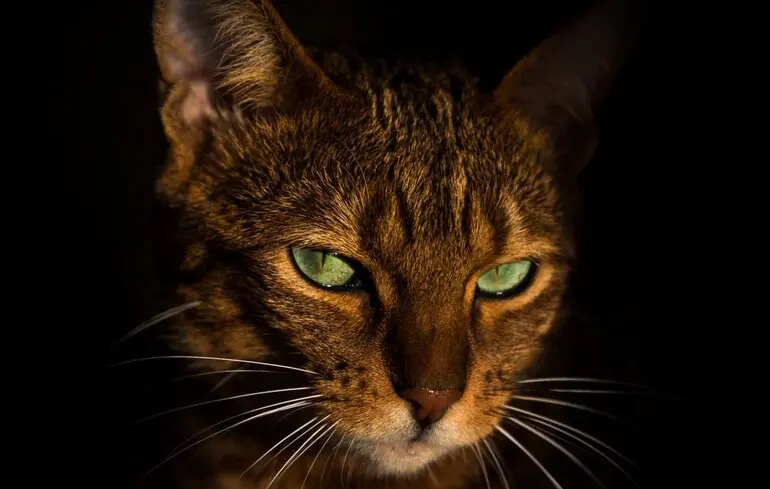How Cats Influence Human Brain Chemistry: Unveiling the Invisible Bond

Independence and the mysterious nature of cats have long been defining traits that make these animals unique companions for millions worldwide.
However, recent scientific studies reveal that the emotional and biochemical ties between cats and their owners are more profound than mere affection or convenience.
Researchers across the globe have identified an unseen yet powerful mechanism linking these creatures to humans, primarily rooted in brain chemistry.This mechanism is driven by the hormone oxytocin, often called the ‘love hormone’ or ‘trust enhancer.’ Oxytocin is released during moments of affection, such as a mother soothing her child or friends embracing each other, fostering feelings of safety and emotional bonding.
Scientific findings dating back to the early 2000s have demonstrated that interactions like petting and gentle touch stimulate oxytocin production, which in turn calms both animals and humans by suppressing stress hormones like cortisol and activating the parasympathetic nervous system—the body’s relaxation and digestion system.While it has been well-established that dogs reliably trigger oxytocin release during physical interaction, leading to mutual attachment, the dynamics with cats remained less understood.
Recent research from 2021 to 2025 has shown that cats, despite their more reserved nature, can equally influence hormonal levels in their owners.
For instance, Japanese studies in 2021 confirmed that short sessions of petting cats lead to increased oxytocin in humans, enhancing feelings of calmness.Further studies revealed that the act of gently stroking a purring cat or simply being in their close presence can induce a cascade of hormonal responses.
In 2002, scientists found that affectionate contact with cats significantly reduces cortisol levels, leading to lower blood pressure and pain perception.
The 2025 research highlighted that the level of oxytocin in both cats and owners depends critically on the type and quality of interaction: gentle, relaxed strokes and voluntary contact increase hormone levels and promote bonding.
Cats that actively seek interaction—such as sitting on laps or nudging their owners—show more significant hormonal responses, especially when the interaction is initiated by the animal.
Conversely, shy or anxious cats tend not to show such hormonal spikes.These accumulated findings reinforce that cats are capable of forming emotional and biochemical bonds similar to dogs, emphasizing their role not just as pets, but as active participants in their owners’ emotional well-being.
Understanding this deep connection can lead to better caregiving and stronger, more harmonious relationships with our feline friends.

